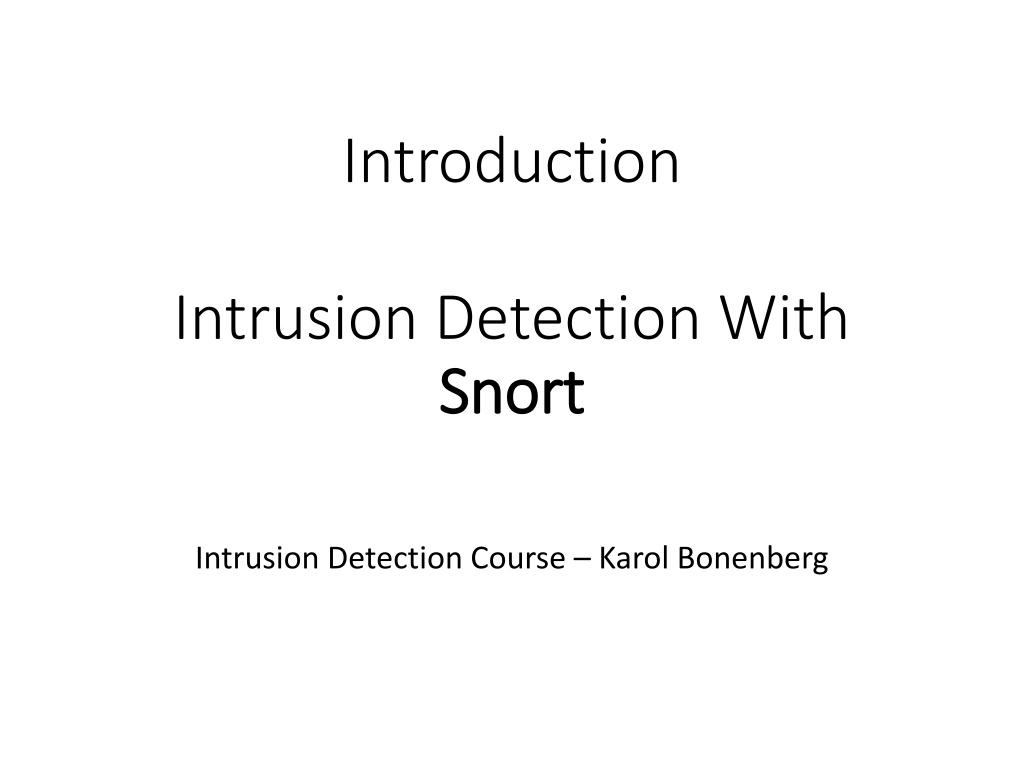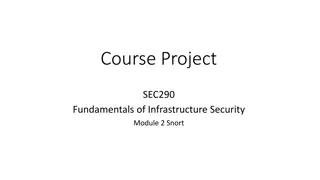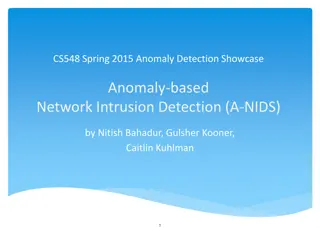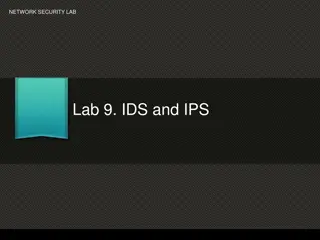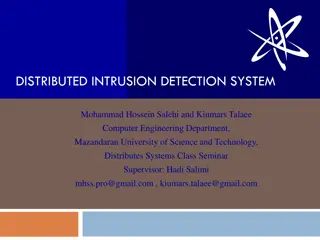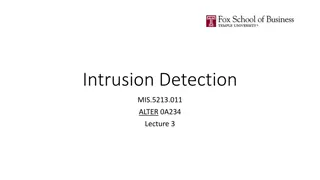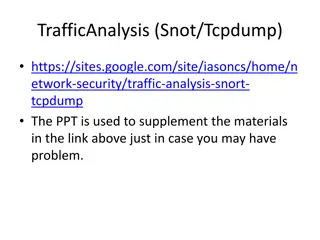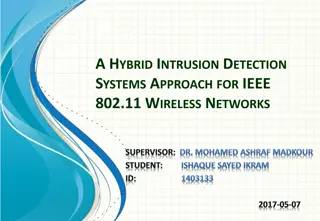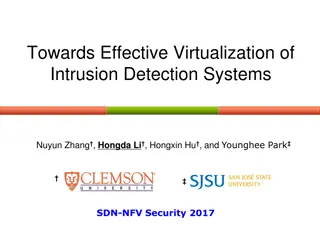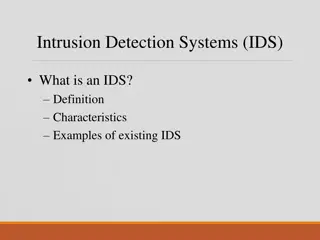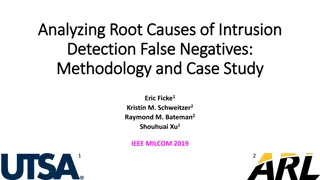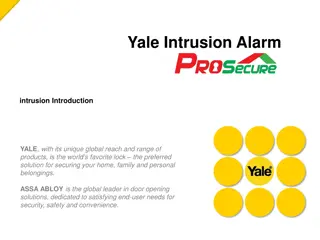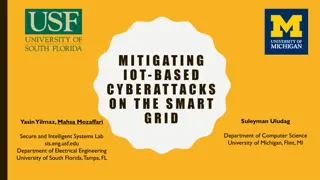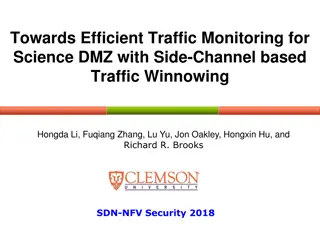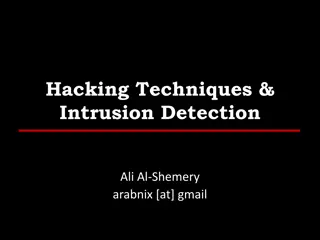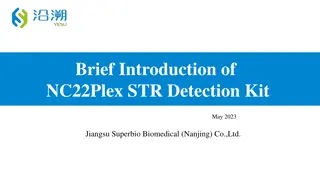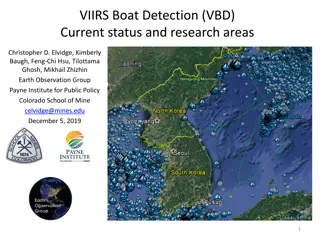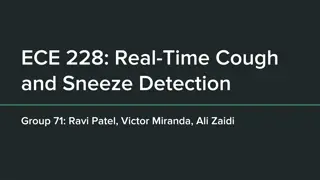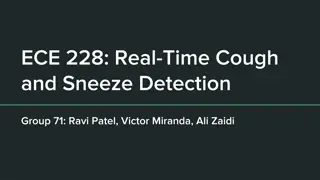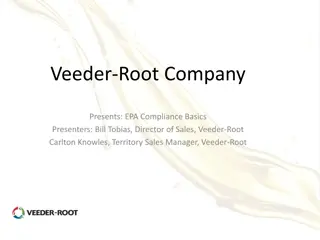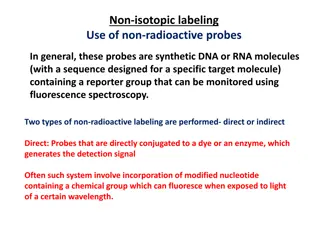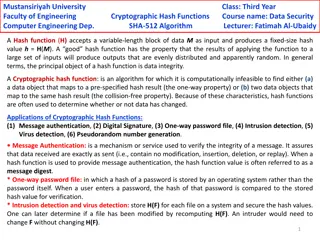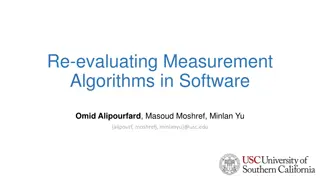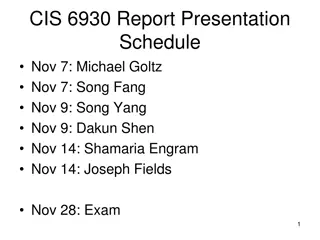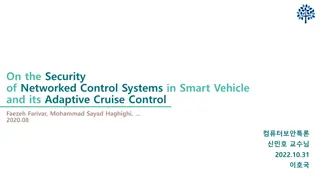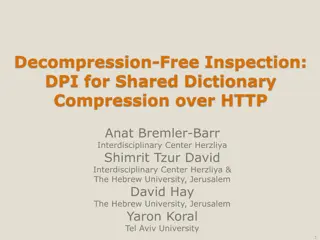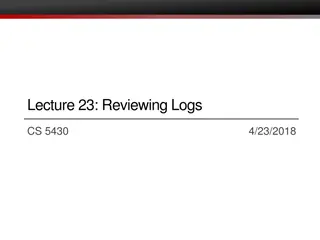Mastering Intrusion Detection with Snort: A Comprehensive Guide
Dive into the world of network security with Snort, the powerful intrusion detection system. Learn how to analyze network traffic in real time, create custom configuration files, and defend against zero-day attacks. Explore Snort's versatility, portability, and configurability, and discover advanced topics such as writing rules, sensor deployment, and output analysis.
Uploaded on Sep 23, 2024 | 0 Views
Download Presentation

Please find below an Image/Link to download the presentation.
The content on the website is provided AS IS for your information and personal use only. It may not be sold, licensed, or shared on other websites without obtaining consent from the author. Download presentation by click this link. If you encounter any issues during the download, it is possible that the publisher has removed the file from their server.
E N D
Presentation Transcript
Introduction Intrusion Detection With Snort Snort Intrusion Detection Course Karol Bonenberg
Problem How to analyse network traffic in real time for conditions that will generate alerts and log the offending packets? How can we use custom configuration files containing runtime directives and rules? How to protect your network from zero day attacks unknown to your security team?
Solution Snort running in NIDS mode loaded with customized configuration file Snort Shared Object Rules and Subscription plan providing precompiled binary rules that apply zero day attacks without clearly publishing their details
Snort Snort Free network analysis tool commonly used as a network intrusion detection system Is small, weighting in at approx. 4,5 mb Highly portable, known to run on more than 30 platforms Fast system, able to handle high network loads Extremely configurable, allowing users to create their own rules or even reconfigure its base functionality using plug-ins
Table of Contents Modes of Snort (Lecture 2) Writing Snort Rules (Lecture 3) Configuration and tuning (Lecture 4) Sensor deployment and management (Lecture 5) Snort output analysis and reporting (Lecture 6) Snort front ends and advanced topics (Lecture 7)
